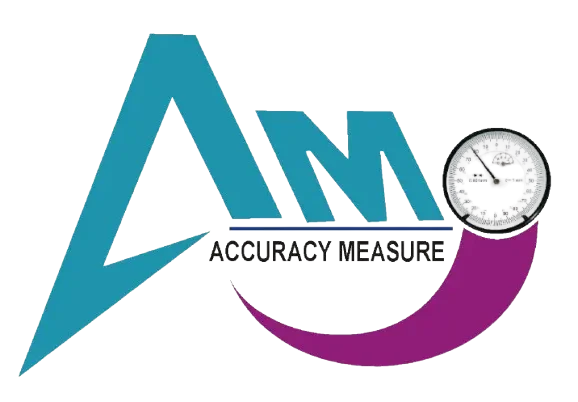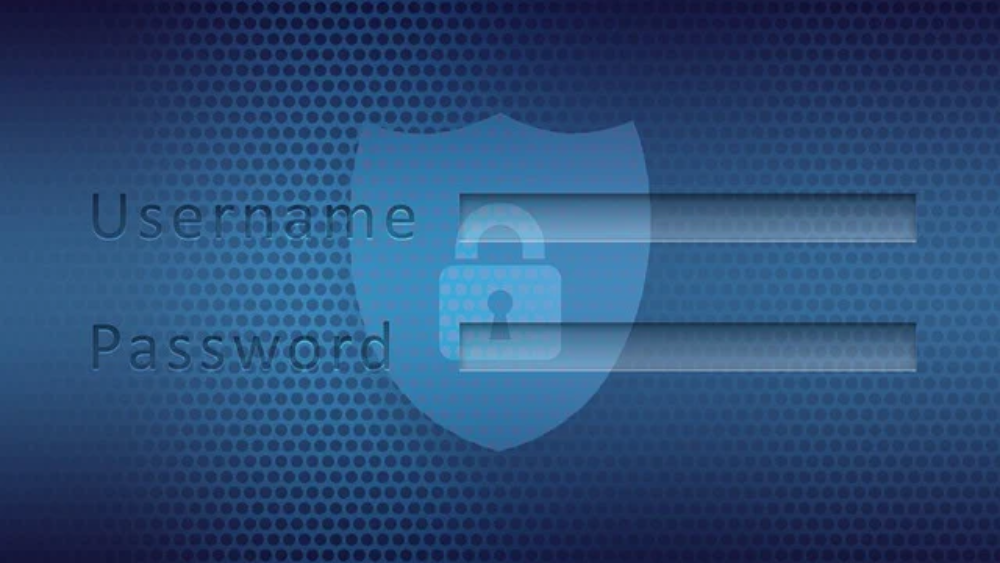In industries like manufacturing, healthcare, and aviation, accuracy is essential. Tool calibration is the process of adjusting and verifying equipment to ensure they provide precise measurements. Whether it’s a thermometer, a scale, or a pressure gauge, calibration ensures that tools deliver reliable results, which is crucial for maintaining quality and safety across various sectors.
What is Calibration?
Calibration involves comparing a tool’s measurements to a reference standard with a known accuracy. The goal is to identify any discrepancies between the tool’s readings and the standard. If there are differences, adjustments are made to align the tool’s output with the reference. This process ensures that the equipment provides accurate and consistent results. Regular calibration also helps detect any potential deviations that might affect performance.
Why is Calibration Important?
- Ensures Accuracy and Reliability: Accurate tools provide reliable data, which is critical for making informed decisions. For example, in healthcare, precise measurements can mean the difference between a correct diagnosis and a misdiagnosis. In manufacturing, slight inaccuracies can lead to defective products, resulting in customer dissatisfaction and financial loss.
- Compliance with Industry Standards: Many industries are regulated by strict standards that require regular calibration of equipment. Ensuring tools are calibrated helps businesses comply with these regulations, avoiding penalties and legal issues. For instance, in the food and pharmaceutical sectors, accurate measurements are essential for product safety and quality.
- Cost Savings: Investing in regular calibration can save money in the long run by minimizing errors and reducing the likelihood of equipment failure. Early detection of issues through calibration can prevent expensive repairs, production delays, or product recalls.
- Safety Assurance: Precise measurements are vital in fields where safety is a top priority, such as aviation and construction. Incorrectly calibrated equipment can lead to dangerous situations, putting lives at risk. Regular calibration helps maintain safety standards and reduces the chances of accidents.
When and How to Calibrate?
The frequency of calibration depends on factors like how often a tool is used, the conditions it operates in, and the manufacturer’s guidelines. Tools that are used frequently or exposed to harsh environments, such as extreme temperatures or humidity, may require more frequent calibration.
Calibration can be performed internally or by specialized external service providers. It’s essential to use certified reference standards and follow well-documented procedures to ensure accuracy. This consistency ensures that the calibration process remains reliable, providing trustworthy results.
Conclusion
Tool calibration is about more than just fine-tuning devices; it’s about ensuring quality, safety, and efficiency. Regular calibration guarantees that equipment works optimally, products meet high standards, and businesses remain compliant with regulations. In industries where precision is key, calibration ensures that tools perform reliably, minimizing risks and improving outcomes.
Ultimately, calibration might seem like a routine task, but its impact on quality control, safety, and cost savings is significant. Businesses that prioritize regular calibration of their equipment stand to benefit from increased efficiency, lower risks, and enhanced trust in their products and services.

